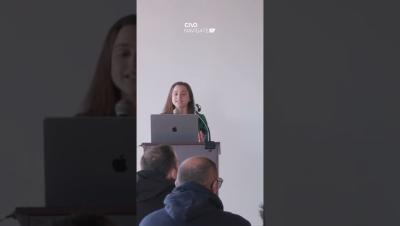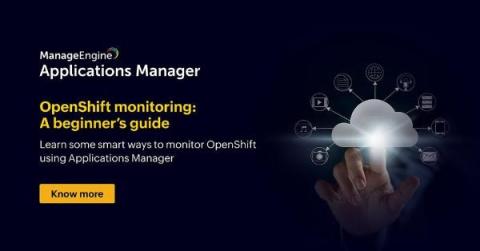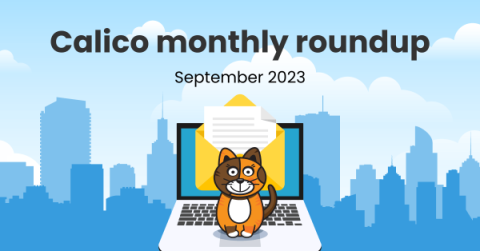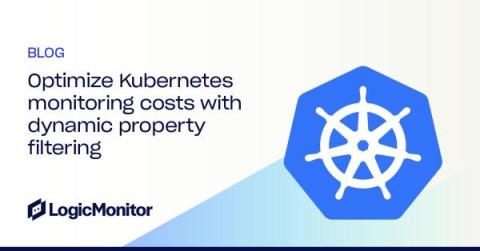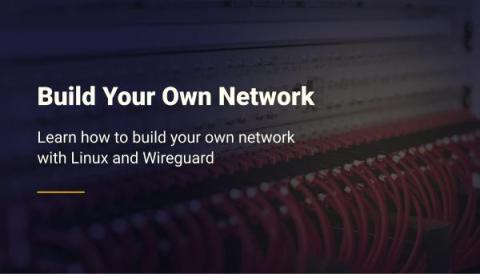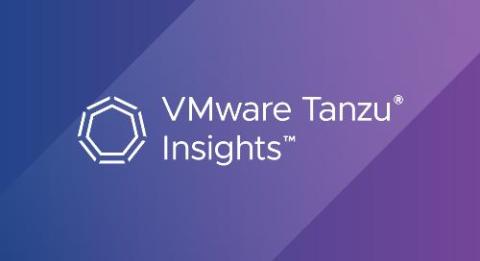Operations | Monitoring | ITSM | DevOps | Cloud
Containers
The latest News and Information on Containers, Kubernetes, Docker and related technologies.
OpenShift monitoring: Five crucial elements to look out for
Most IT firms build their empire on Kubernetes, for its amazing flexibility and super scalability. RedHat OpenShift Container Platform (formerly OpenShift Enterprise) is a hybrid cloud application platform powered by Kubernetes, which initially only operated on-premise, and has been open to service for more than nine years.
Using Helm and Terraform for Codefresh Gitops Installations
Last year we launched the Codefresh delivery platform powered by Argo. After the initial launch we started collecting feedback from all companies that tried it (as well as existing customers) and cataloged all feature requests and implementation ideas. The main goal is always to iterate quickly and address the most common issues in the most efficient way possible.
Calico monthly roundup: September 2023
Welcome to the Calico monthly roundup: September edition! From open source news to live events, we have exciting updates to share—let’s get into it!
Optimize Kubernetes Monitoring Costs with Dynamic Property Filtering
Multi-Service Progressive Delivery with Argo Rollouts
In the previous article of the series, we explained how to use Configmap generators in order to use Progressive Delivery for your configuration (and not just the container images). In this post, we will also cover another popular question: how to use Argo Rollouts with multiple services. Argo Rollouts is a Kubernetes controller that allows you to perform advanced deployment methods in a Kubernetes cluster. By default, it only supports a single service/application.
Build Your Own Network with Linux and Wireguard
How to detect and prevent memory leaks in Kubernetes applications
In our last blog, we talked about the importance of setting memory requests when deploying applications to Kubernetes. We explained how memory requests lets you specify how much memory (RAM for short) Kubernetes should reserve for a pod before deploying it. However, this only helps your pod get deployed. What happens when your pod is running and gradually consumes more RAM over time?
Join the ITOps AI Revolution: Actionable Insights with VMware Tanzu Insights
Many organizations struggle with managing thousands of services and applications. A typical environment consists of a combination of modern cloud applications, on-premises workloads, and workloads that are in the process of being moved to the cloud. IT and operations teams can easily be overwhelmed by the large volume of data and activity that is generated across these systems.
Deploying Grafana to Kubernetes
Grafana is an open-source platform for metric analytics, monitoring, and visualization. In this article, we will explore the basics of Grafana and learn how to deploy it to Kubernetes. You will find specific coding examples and screenshots you can follow to deploy Grafana.


